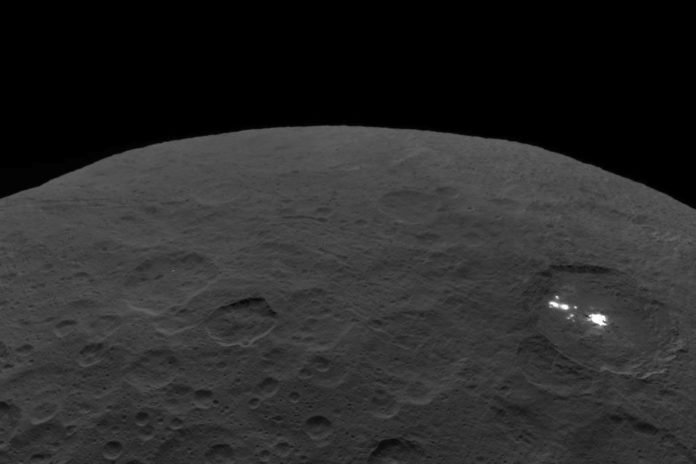NASA’s Dawn mission, that propelled in 2007, looked for after to describe the procedures that dominated early scheme evolution. To make a nearby picture of these eras, Dawn visited 2-time capsules of the scheme- Vesta and Ceres, the biggest bodies of the most belt.
Taking in these planet-like worlds, intact survivors from the earliest a piece of scheme history, gave researchers understanding into the main building squares of the scheme. Furthermore, by mapping the bodies from orbit, the craft could give key things of information that researchers couldn’t get victimization telescopes or transitory flybys.
After completing its 11-year mission, the spacecraft has gone silent, ending a historic mission that studied time capsules from the solar system’s earliest chapter.
Dawn missed scheduled communications sessions with NASA‘s Deep Space Network on Wednesday, Oct. 31, and Thursday, Nov. 1. After the flight team eliminated other possible causes for the missed communications, mission managers concluded that the spacecraft finally ran out of hydrazine, the fuel that enables the spacecraft to control its pointing. Dawn can no longer keep its antennae trained on Earth to communicate with mission control or turn its solar panels to the Sun to recharge.
Thomas Zurbuchen, associate administrator of NASA’s Science Mission Directorate in Washington said, “Today, we celebrate the end of our Dawn mission – its incredible technical achievements, the vital science it gave us, and the entire team who enabled the spacecraft to make these discoveries. The astounding images and data that Dawn collected from Vesta and Ceres are critical to understanding the history and evolution of our solar system.”
Mission Director and Chief Engineer Marc Rayman at NASA’s Jet Propulsion Laboratory said, “The fact that my car’s license plate frame proclaims, ‘My other vehicle is in the main asteroid belt,’ shows how much pride I take in Dawn. The demands we put on Dawn were tremendous, but it met the challenge every time. It’s hard to say goodbye to this amazing spaceship, but it’s time.”
Ceres and Vesta are important to the study of distant planetary systems, too, as they provide a glimpse of the conditions that may exist around young stars. Because Ceres has conditions of interest to scientists who study chemistry that leads to the development of life, NASA follows strict planetary protection protocols for the disposal of the Dawn spacecraft.
So, while the mission plan doesn’t provide the closure of a final, fiery plunge – the way NASA’s Cassini spacecraft ended last year, for example – at least this is certain: Dawn spent every last drop of hydrazine making science observations of Ceres and radioing them back so we could learn more about the solar system we call home.
